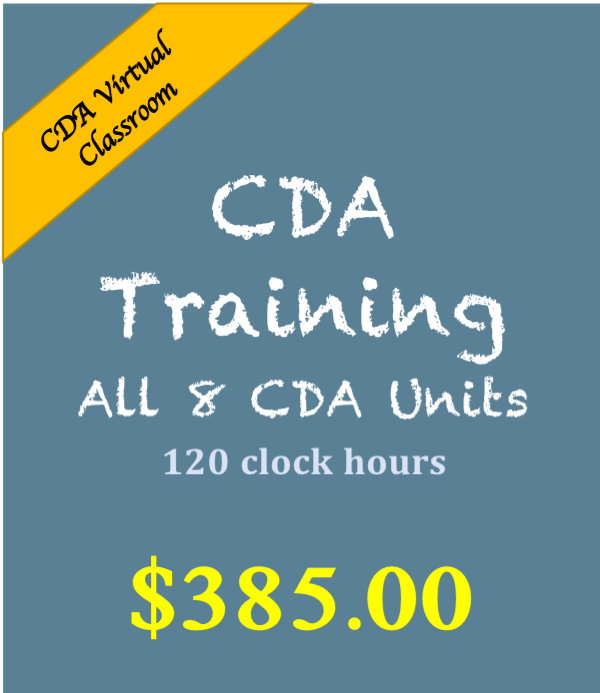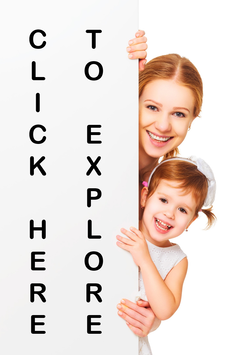From Our Educators
Debra Hasbrook, M.Ed. |

8/6/2014
The experienced educator has discovered how to use prompts and queues in the environment to influence student interactions and success. Visual prompts can be used to subtly tell children where their lunch plates go when they are finished eating by placing a dish pan at the end of the table. A visual prompt such as a picture with three children placed at the entrance to a learning center can tell a child how many children can use that space. Pictures of play or nap with the time these events will happen next to a large clock will queue the children about when these activities will happen. Spacing and labeling shelves with the pictures of materials that go there will help children return materials to the right spot. A verbal/sound prompt can guide a child through the successful completion of an activity, re-direct inappropriate behavior, and encourage thinking skills. When the teacher walks the room with a drum and finishes at the circle time rug children know it’s time join her. A certain clapping rhythm may mean please stop what you are doing and give me your attention. Singing a special song lets the children know that a transition is happening such as clean-up or time to go outside. Proximity, room design, and gesture are physical prompts that redirect, manage and support movement in and around the classroom experience. As you observe the room you see that two children are beginning to get frustrated with each other so you quietly walk over and stand nearby. A child is about to climb on the table, and of course is looking at you to see if you notice, so you shake your head and point to the floor with your finger. You attach a pair of scissors to a large bucket with scraps, which says we cut here. The more you intentionally incorporate prompts and queues in the classroom the more successfully children can engage in activities and each other without your constant intervention. If a question arises you can draw their attention to the prompt or queue and ask the child to tell you what it is saying. For instance. Jamal wants to try the celery cutting activity, there are two chairs occupied by two children. Instead of saying “No, you need to wait your turn,” you can say “How many chairs do you see, let’s count? That is the number of children who can be there at one time. What do we need to do?” “Yes, we need to wait our turn, when Agnes or Albert chooses another activity it will be your turn.” Resources:
|









